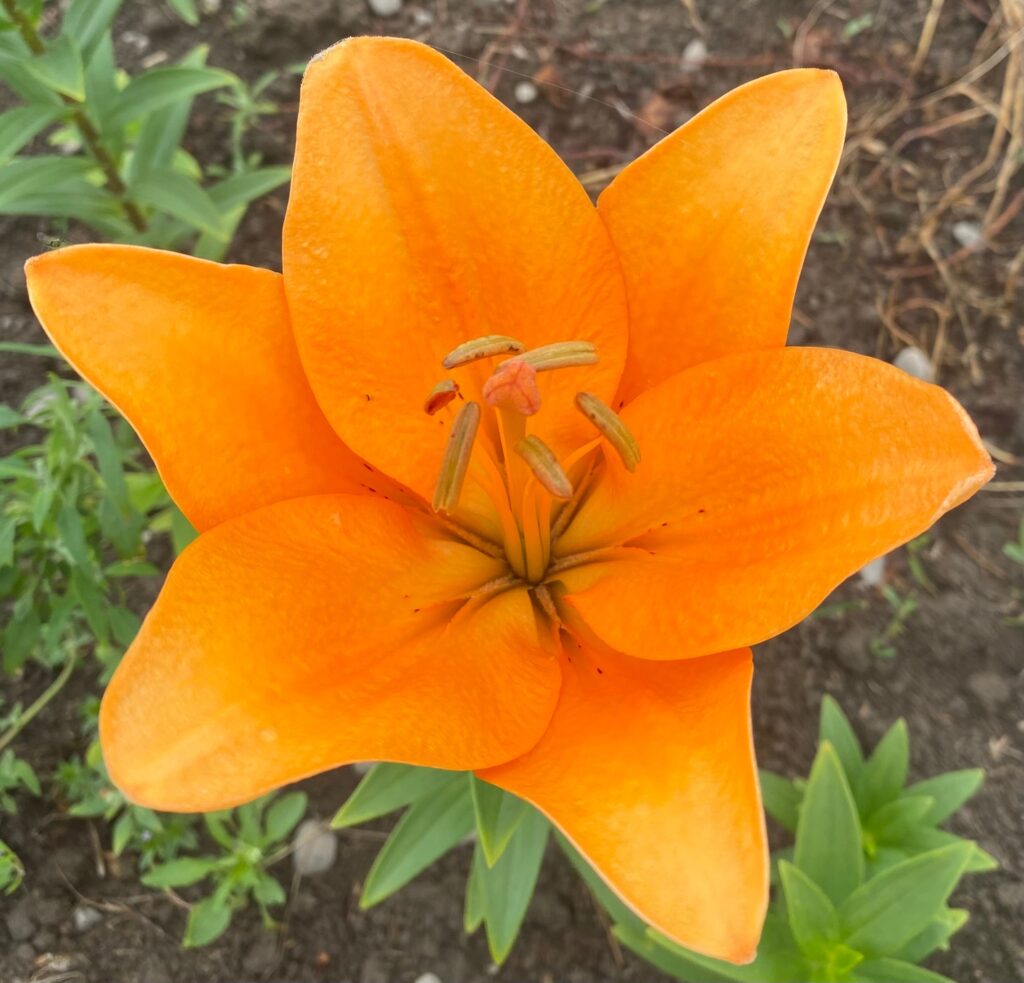
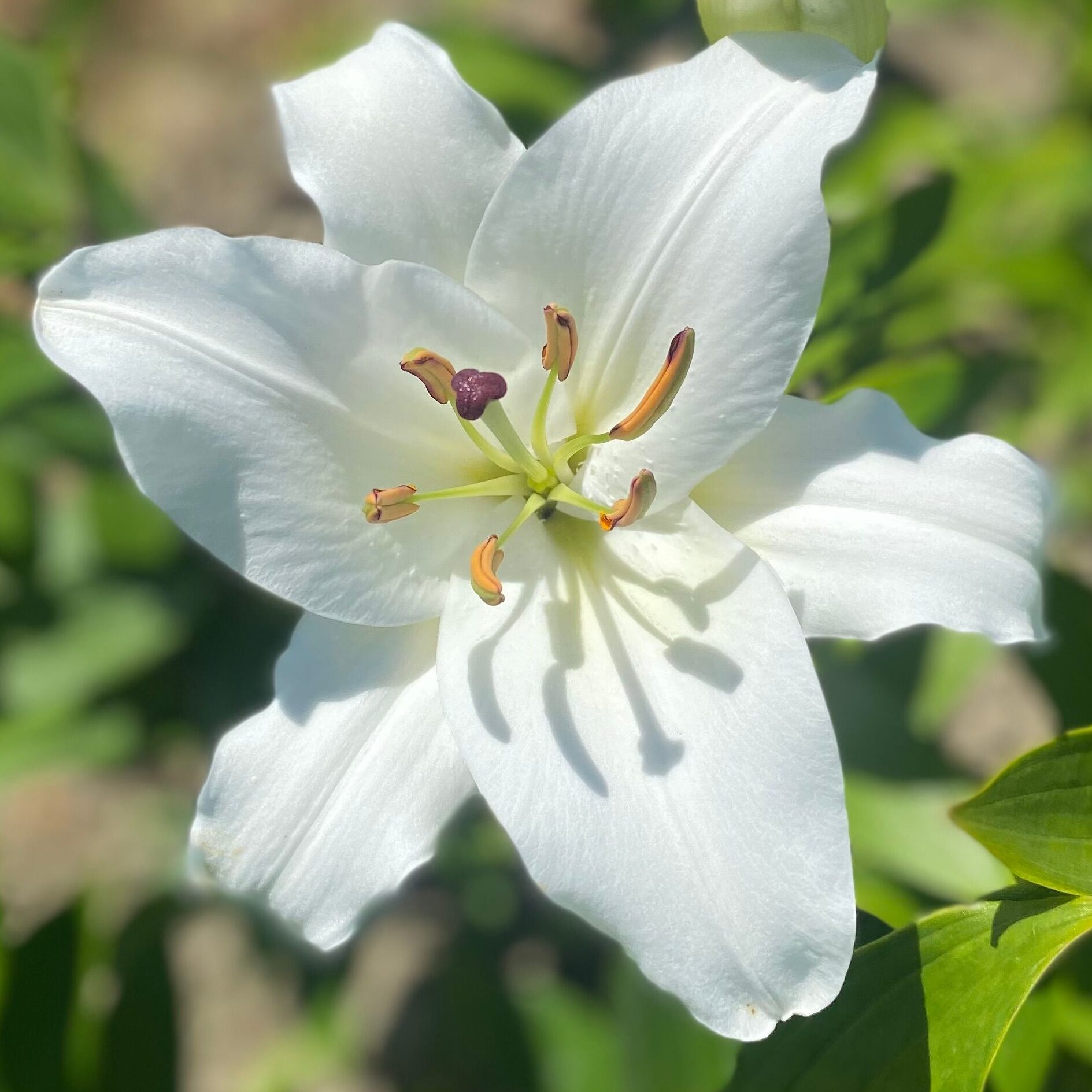
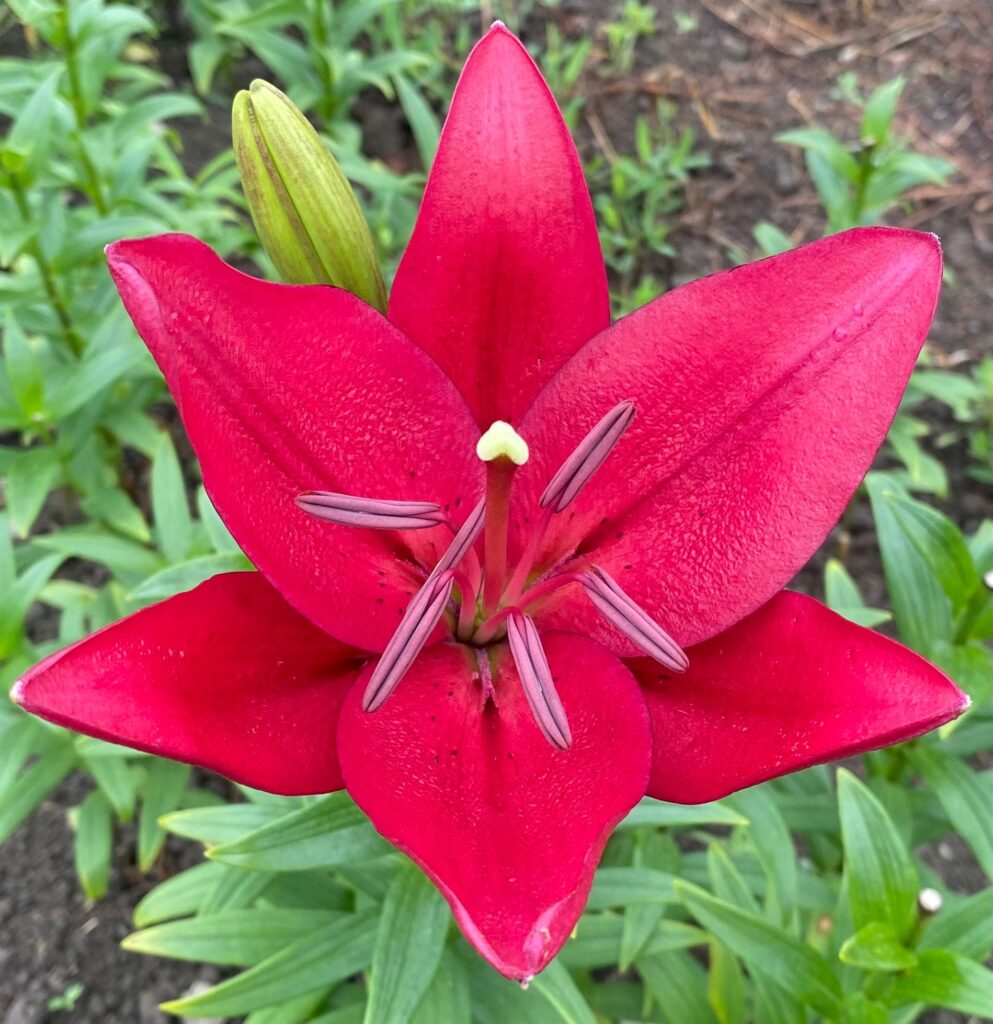
Success in Bulb Growing
The first thing to make your venture into Lily or Spring bulb growing successful is perfect drainage.
Plant bulbs as soon as possible after arrival.
Lilies have valuable stem roots and require sufficient depth to get the benefit of these stem roots. Bulbs should be planted with 10cm (4in) of soil on top, slightly less for smaller bulbs. The depth of soil is measured from soil level to the top of the bulb.
Daffodils and tulips should be planted at twice the depth of their size meaning they have their height (around 5cm) on top of the bulb.
Never plant where other lilies have failed to grow.
Bulbs are gross feeders and root deeply. After planting, a good mulch of leaf mould or well rotted compost is beneficial. The mulch keeps the soil cool and discourages weed growth and eliminates the need for soil cultivation which might hurt stem roots. A good handful of balanced fertiliser scattered over the ground every few centimetres will help keep them healthy and strong.
Lilies need sunlight, but some varieties keep their colours better in a position where they will be in filtered sunlight or semi-shade. Spring bulbs prefer full or filtered sunlight. Daffodils turn their faces to the sun so make sure to plant them where you will see their faces.
Copper Sprays are very beneficial to lilies and peonies especially through October and November (giving a little frost protection on lilies).
Do not cut foliage on spring bulbs after flowering, let them die down completely as this plumps up the bulb for the following year. This is also a good time to sprinkle over a little extra fertiliser.
Tulips like the cold, in warmer areas (upper North Island) tulips should be lifted after they have died down and stored dry. They should be put in the fridge or chiller for 6-8 weeks before re-planting in autumn.
For tulips and other spring bulbs, a feed of balanced fertiliser when in active growth just before flowering gets the small bulbs attached to the parent flowering bulb really growing. This is important for the next seasons flowering.
Tulips are great in pots and kept in a cooler place they last for weeks, in large pots you should get 2 seasons of enjoyment, they will then need to be re-potted in a good quality potting mix, picking out the best looking bulbs. You can grow on the smaller bulbs with a feed in the vege garden or pots.
Peonies like a well prepared garden bed. They also like their own space, too much shade in a woodland garden will sometimes stop them flowering. Don’t bury peony roots too deep.
Peonies need a cold winter. Some of our North Island friends put a bucket of ice over their peonies to simulate frost a few times around the shortest day. We here in the South Island don’t need to do this, our winters are sufficient.
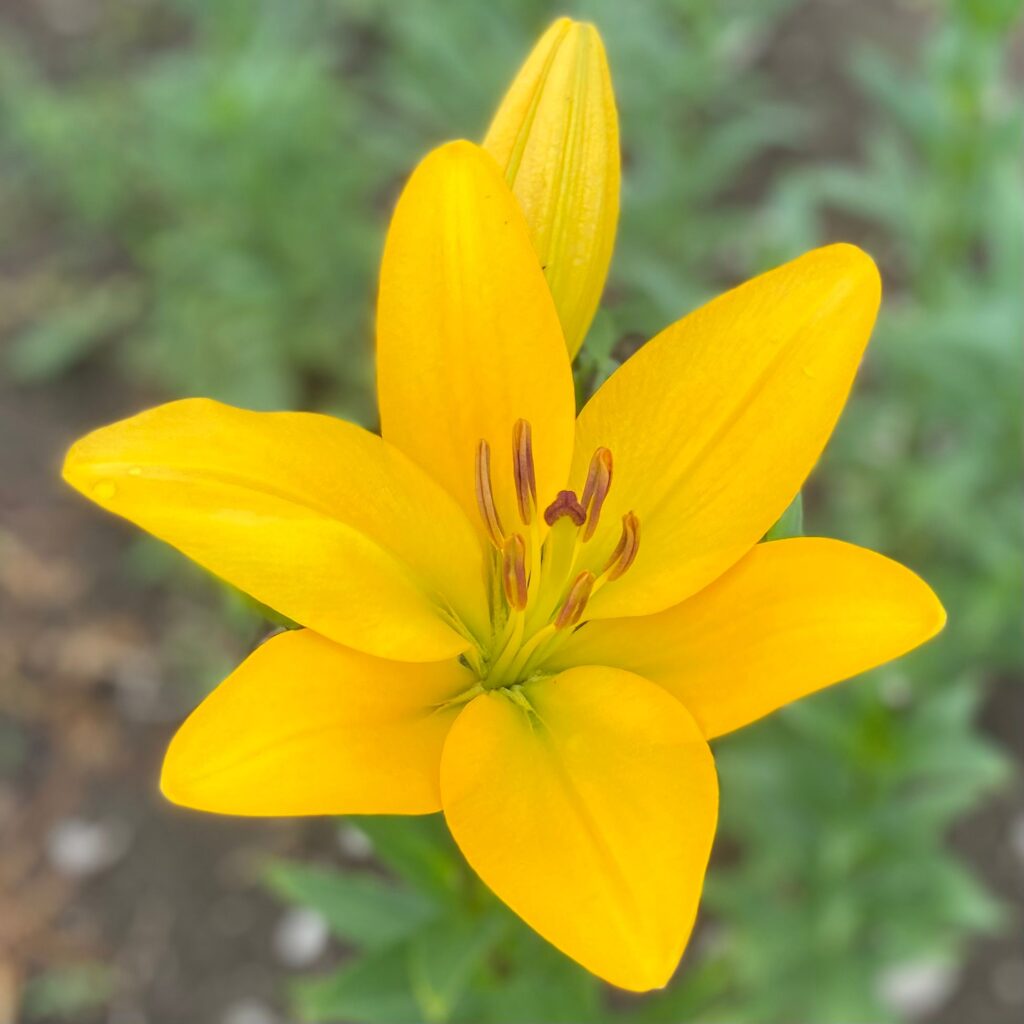
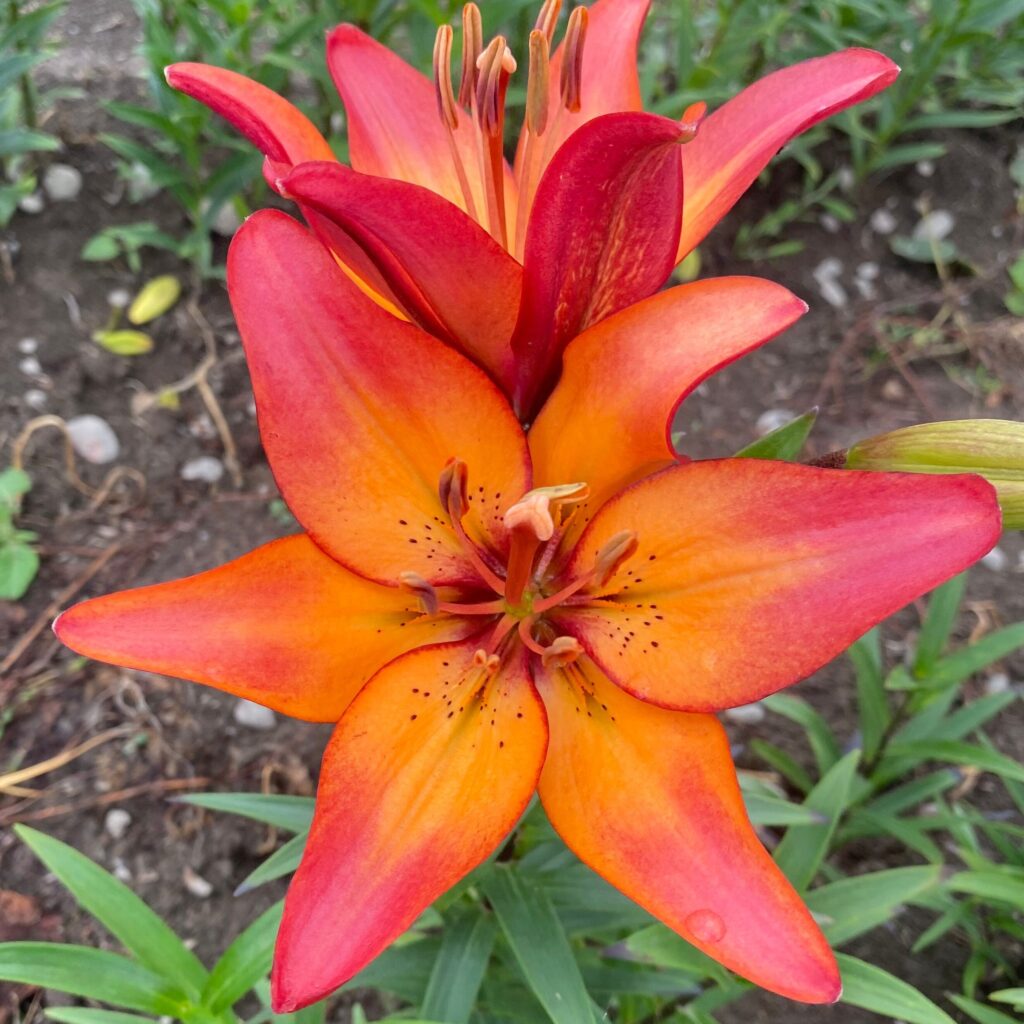
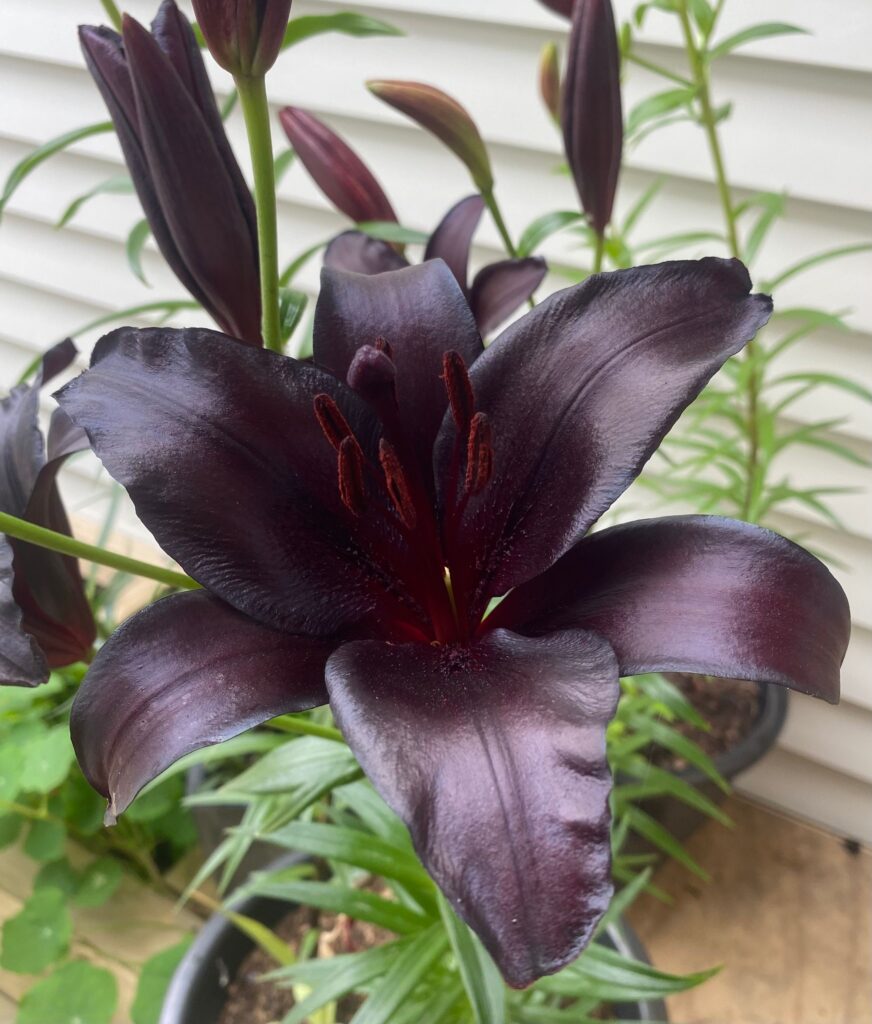
Frequently Asked Questions
Q: What should I do for my lilies?
A: Feed them! Balanced slow release fertiliser is great when planting bulbs and in early spring. Liquid seaweed fertilisers are especially useful for potted plants to give them a boost. Lilies are gross feeders.
Q: My lilies have black spots or browning on the leaves, what is this?
A: Botrytis. Spray early spring with Shield or Combat.
Q: Are animal manures all right to use on my lilies?
A: As a mulch only and not too fresh. Do not put into hole when planting bulbs as bulb roots don’t like this too much. Balanced slow release fertiliser is better.
Q: Are lilies all right in pots?
A: Yes, excellent in pots (with good potting mixes and balanced slow release fertiliser). Do not use garden soil in pots.
Q: How often should I re-pot?
A: About every two years, depending on how big the pot is. Add balanced slow release fertiliser every year to pots.
Q: What should I do with clay soils?
A: Lilies need good drainage. Prepare soil well, compost, leaf mould, a little sand and well rotted sawdust mixed into clay soils will help build it up. Add extra fertiliser to allow for nitrogen loss in the decomposition of the material. Gypsum is also beneficial in these heavy soils. Lilies don’t mind calcium, especially Asiatics.
Q: What is a good fertiliser recipe for bulbs?
A: 200grams of Blood and Bone, 250grams balanced slow release fertiliser, 250grams of Potash – Mix together and work into soil. This mixture will do approximately 10 bulbs. Give side dressing after emergence. Compost or straw mulch if available is beneficial. Copper sprays are beneficial to lilies.
Q: Why do my tulips not flower so well the second season?
A: they have had a short growing season. They must be fed again when in active growth to promote next seasons baby bulbs to flowering size. Use a good quality balanced slow release fertiliser and water in well.